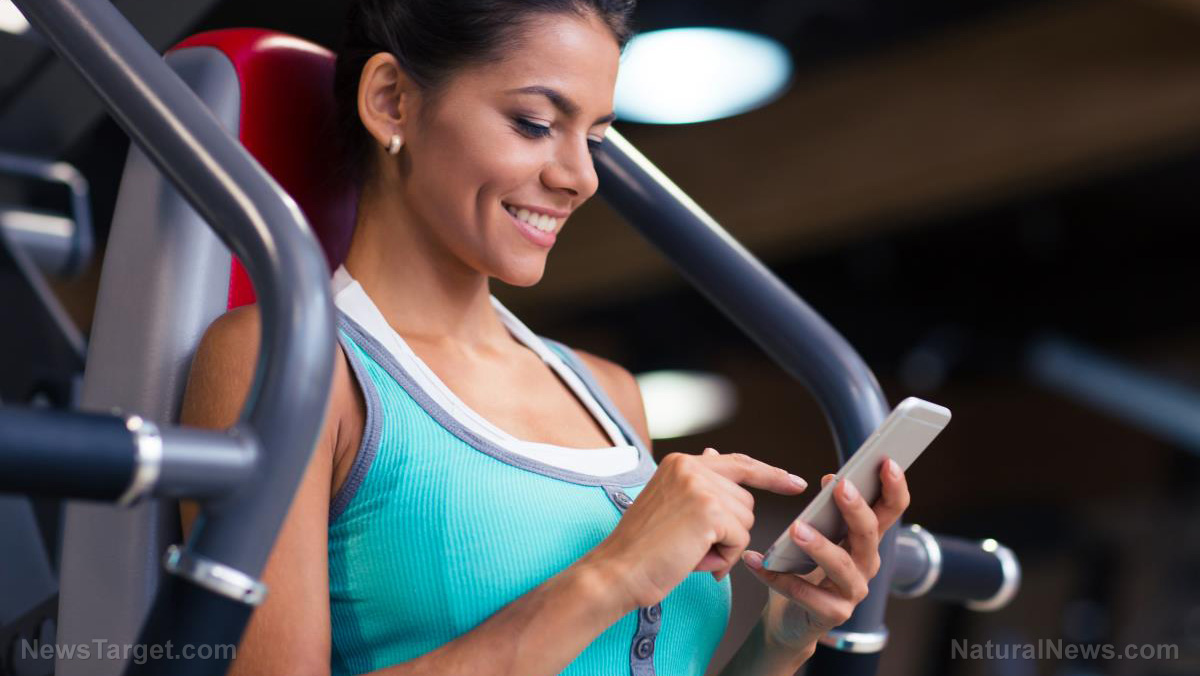Useful apps: A new iPhone app can monitor your pulse for heart failure, possibly save lives
12/18/2017 / By Frances Bloomfield

Heart disease is the leading cause of death in the U.S. – about 790,000 Americans have a heart attack per year, a number that amounts to a heart attack every 40 seconds. In response to these distressing figures, some people have worked towards making great leaps in biomedical science. Dr. Niema Pahlevan is one of those people. Pahlevan his colleagues have been developing a radical new app that will allow iPhone users to record and measure heart health with their smartphones.
“This app doesn’t exist in the market yet, so people don’t know they need it. Nearly 50 percent of heart attacks are silent — the heart is damaged, but people aren’t aware they just had a heart attack. So they don’t seek treatment to prevent future heart attacks,” said Pahlevan in a press release. “We are working to help doctors and our future app users identify silent heart attacks and, really, any heart failure before they happen.”
To use the app, you only need to place your iPhone camera on the right or left side of their neck, at their common carotid arteries. These arteries, which supply the neck and head with oxygenated blood, emit vibrations detectable by the app. The vibrations are then used to create a wave curve containing information on the amount of blood being pumped out with every contraction. For a heart to be considered healthy, the blood that’s being pumped out should range from 50 to 70 percent. If it falls below 45 percent, that signifies potential heart failure.
According to Pahlevan, his team’s diagnostic app is marginally more accurate than an echocardiogram, the most common technique to evaluate potential heart failure. He based this on a study he conducted and led, wherein Pahlevan and his colleagues tested a group of participants with and without heart failure. Based on the results of their study, Pahlevan noted that the accuracy of the app was stronger among those with heart failure.
The power of the elements: Discover Colloidal Silver Mouthwash with quality, natural ingredients like Sangre de Drago sap, black walnut hulls, menthol crystals and more. Zero artificial sweeteners, colors or alcohol. Learn more at the Health Ranger Store and help support this news site.
Speaking about the app to CalTech.edu, study co-author Mory Gharib said: “What is exciting about this study is that it shows our technique is as accurate as echocardiography at estimating [left ventricular ejection fraction] when both are compared to the gold standard of cardiac MRI. This has the potential to revolutionize how doctors and patients can screen for and monitor heart disease both in the U.S. and the developing world.”
Pahlevan added: “The algorithm we created computes the biomarkers for heart failure and, eventually, heart attacks. The percent of blood pumped in each heartbeat can be sent to a cardiologist who will then, for the first time, have a real-time record of the patient’s heart health over a critical period.” (Related: Magnesium crucial to prevent congestive heart failure.)
Despite the app’s incredible accuracy, Pahlevan has stated that he is working on enhancing its features even further. Specifically, Pahlevan has collaborated with researchers from the University of Southern California’s Keck Hospital to make the app do what electrocardiogram’s can’t.
Also known as ECG or EKG, an electrocardiogram is used to check for signs of heart disease by recording the heart’s electrical activity through small electrode patches attached to the skin. Although quick and painless, electrocardiograms are unable to measure left ventricular end diastolic pressure (LVEDP), said to be the most potent and reliable indicator of normal heart pumping. Pahlevan hopes to change that with a new algorithm that won’t just let iPhones become capable of measuring LVEDP, but will also allow people to do so in their very own homes. The information gathered by the app will be sent can then be sent to a patient’s attending physician or cardiologist.
Pahlevan likened the up-and-coming app to a Ferrari, in that it would give patients the ability to arrive to the results much quicker and easier. “You can get there much sooner, much faster,” he said.
Visit Heart.news for more studies and breakthroughs revolving around the heart.
Sources include:
Tagged Under: cardiovascular health, health, heart attack, heart failure, heart health, heart monitor, iPhone, phone apps




















